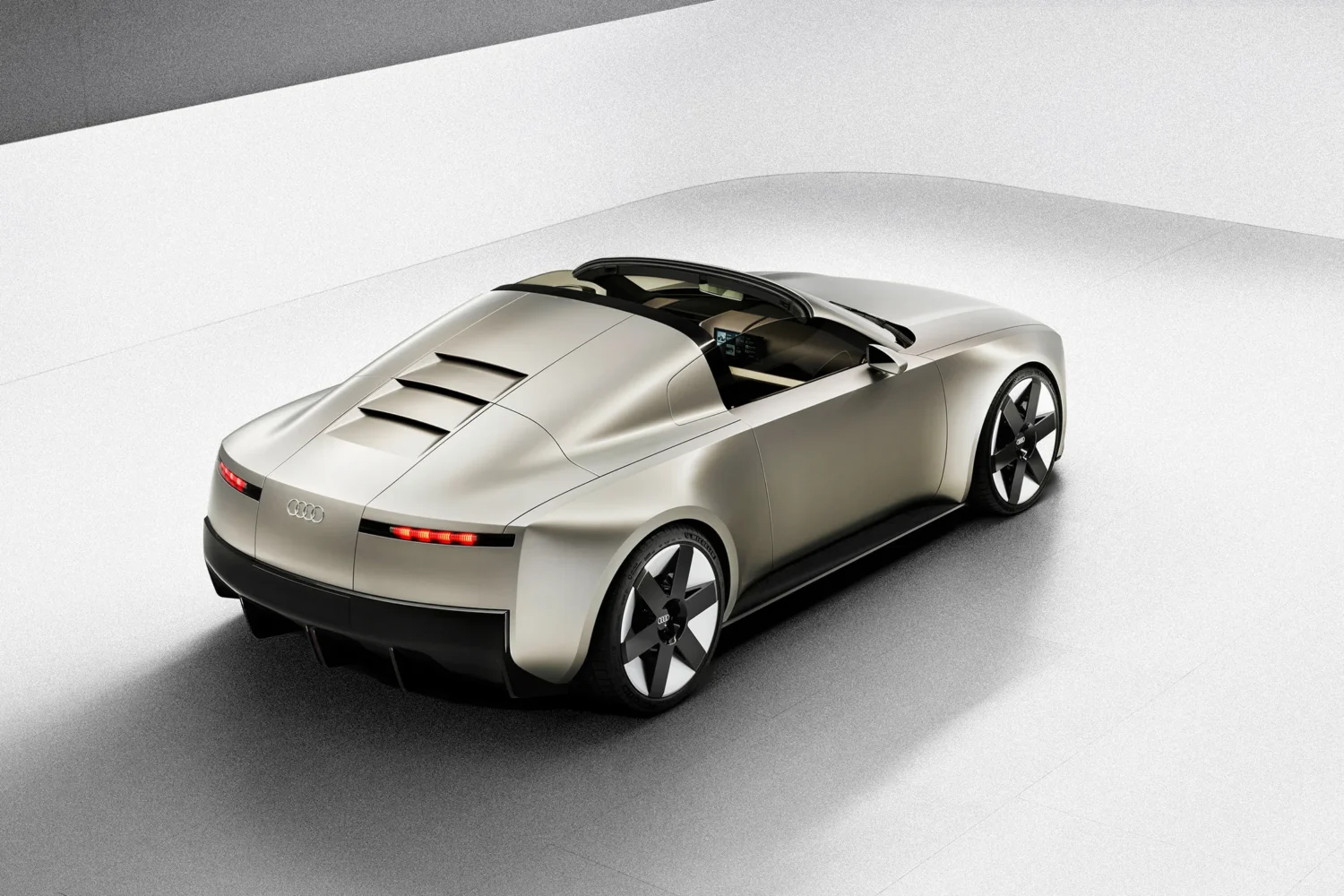Audi has revealed the Concept C, a fully electric two-seater roadster that signals a major reset in the company’s design philosophy. Positioned as a spiritual successor to the iconic TT, the Concept C embodies Audi’s new mantra of “radical simplicity,” a response to years of what its leadership now admits was “too much of everything.” The car will serve as the launchpad for Audi’s broader strategy, which aims to streamline both design and product offerings across its future lineup.
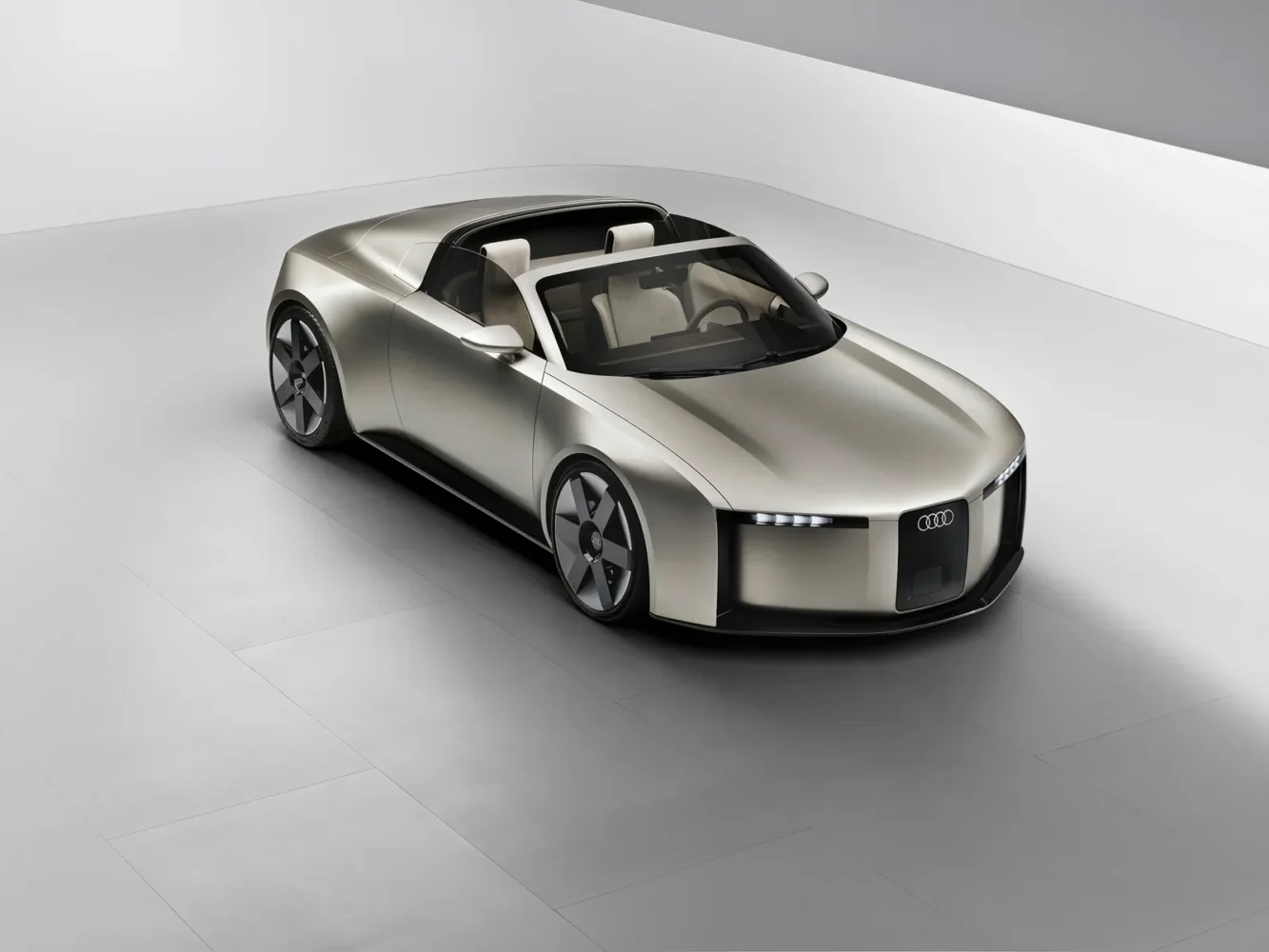
The Concept C is not just another auto show centerpiece—it represents a course correction. CEO Gernot Döllner, now two years into the role, personally pushed for a new sports car that would embody Audi’s identity more clearly. The result is a machine that looks muscular and minimal in equal measure. Its machined, almost monolithic surfaces and taut proportions give it the impression of being sculpted from a single billet of metal. A bold vertical grille shape and slim light signature modernize the four-ring identity, while the rear forgoes a window in favor of slender LED taillights and slatted deck details that hint at mid-engine inspiration. Audi says those features will make production when the model launches in 2027.
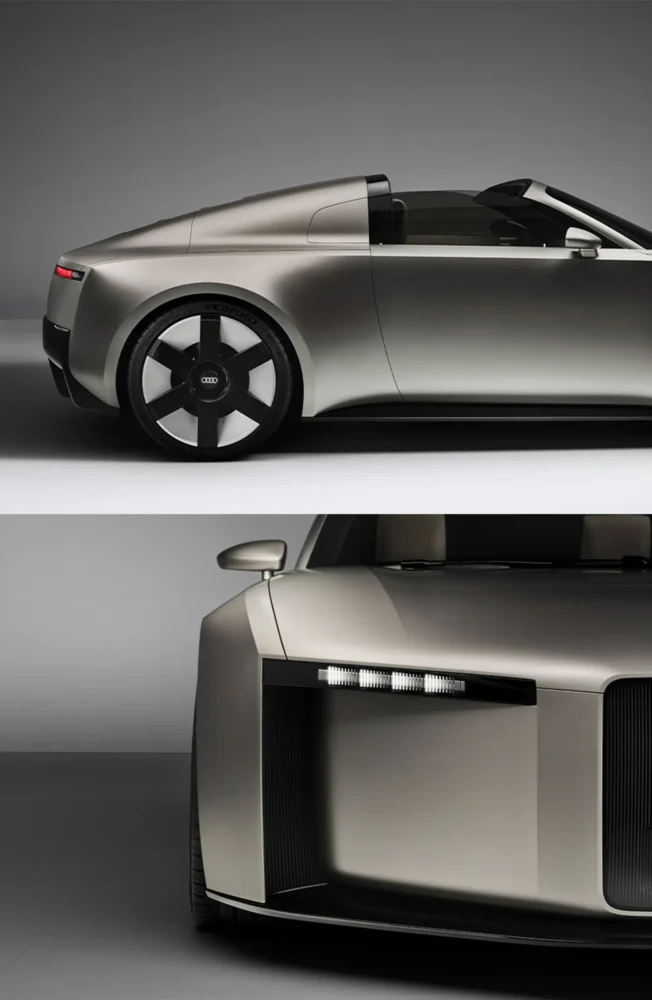
For design purists, the Concept C carries echoes of Audi’s 1930s Auto Union Type C racers, the experimental Rosemeyer concept of the early 2000s, and, most clearly, the original TT. There’s also a touch of Bauhaus and German modernism in its emphasis on clarity and proportion. It’s no accident: Massimo Frascella, Audi’s new design chief, came from Jaguar Land Rover, where he built a reputation for stripping designs back to their essence.
The interior doubles down on this ethos. Screens, once dominant in modern Audis, are minimized. A curved binnacle houses driver instruments, while tactile aluminum controls replace endless touch panels. Even the climate controls are reduced to a slim, softly lit strip. A foldaway 10.4-inch central screen disappears into an otherwise bare dashboard. The effect is intentional—Audi is calling time on what Frascella calls “big-screen tyranny” in favor of “information on demand.”
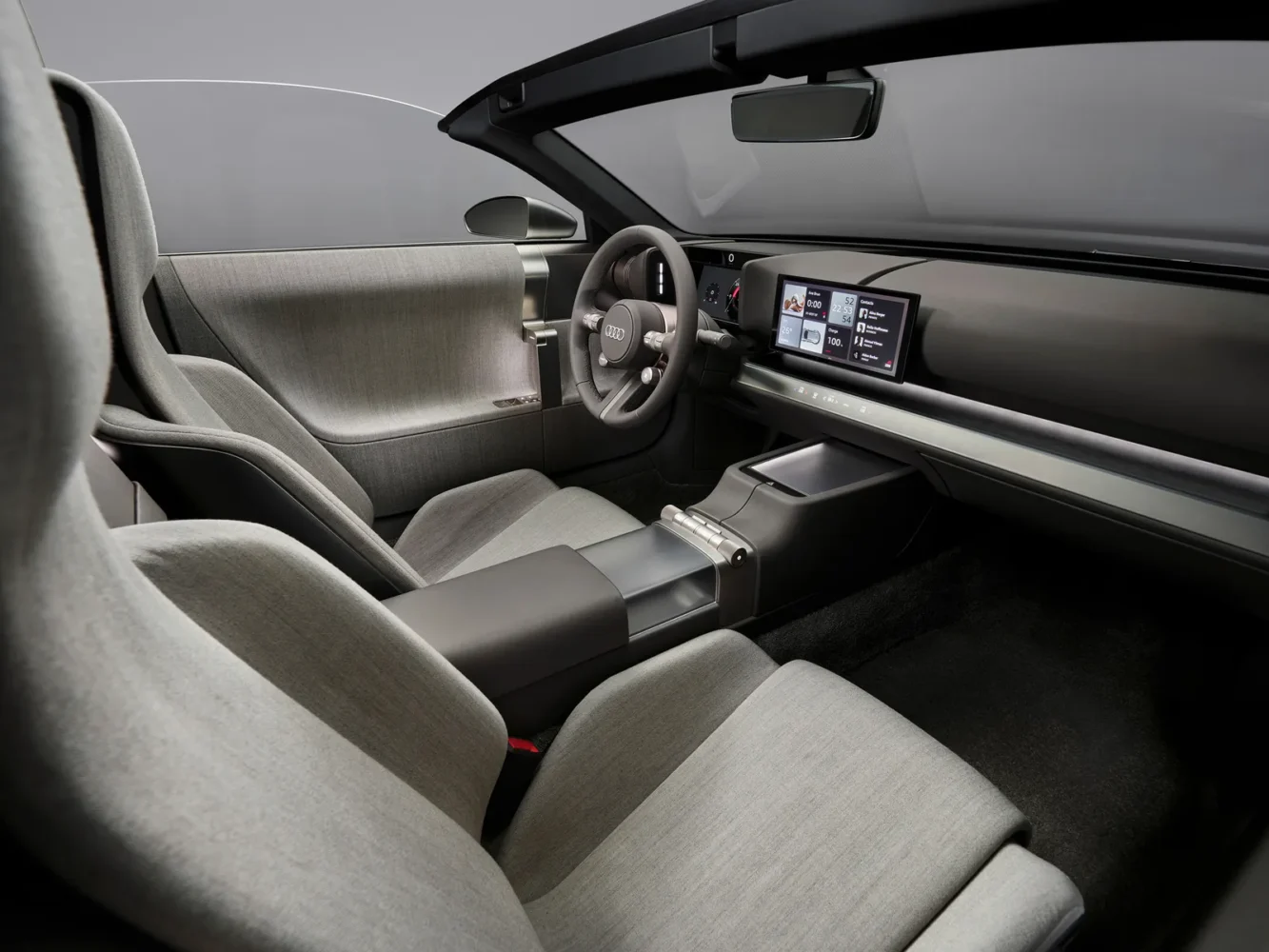
Technically, the Concept C is built on the same electric platform as the delayed Porsche 718 Cayman and Boxster replacements. The battery is mounted mid-ship—Audi dubs this “mid-energy”—to mimic the weight balance of a traditional sports car. While performance details haven’t been disclosed, the decision to align with Porsche suggests handling and dynamics are being treated as seriously as design.
Audi is also using the Concept C to signal a broader rethink. Döllner admits the brand’s product strategy became bloated, with too many overlapping models and configurations. The future, he says, will mean fewer derivatives and simpler offerings, but with stronger character. That applies as much to SUVs as it does to two-seaters.
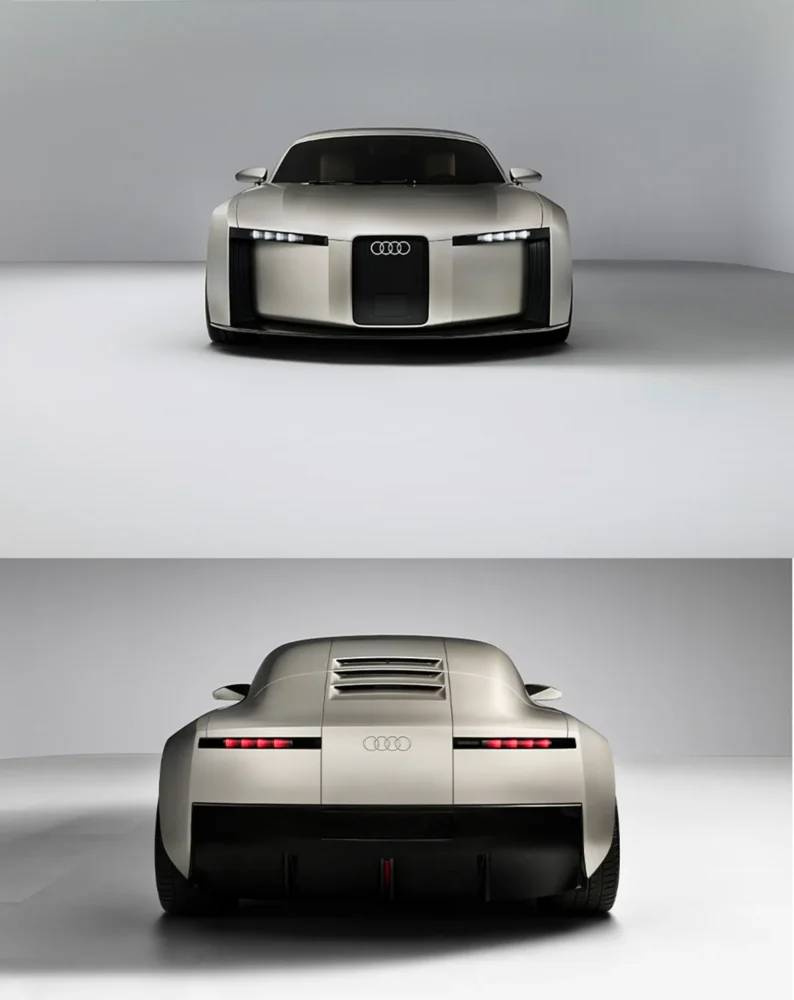
For Audi, the Concept C is less about nostalgia and more about recalibration. After years of chasing trends and screen-heavy interiors, the brand wants to rediscover what made its cars distinctive: precision, clarity, and understated drama. If the Concept C is any indication, Audi is betting that the next chapter of electric performance can be defined not by excess, but by restraint.

